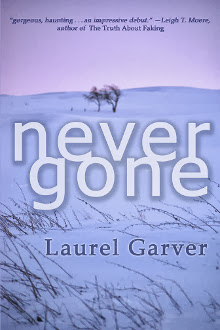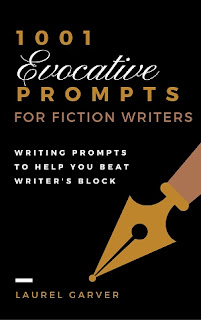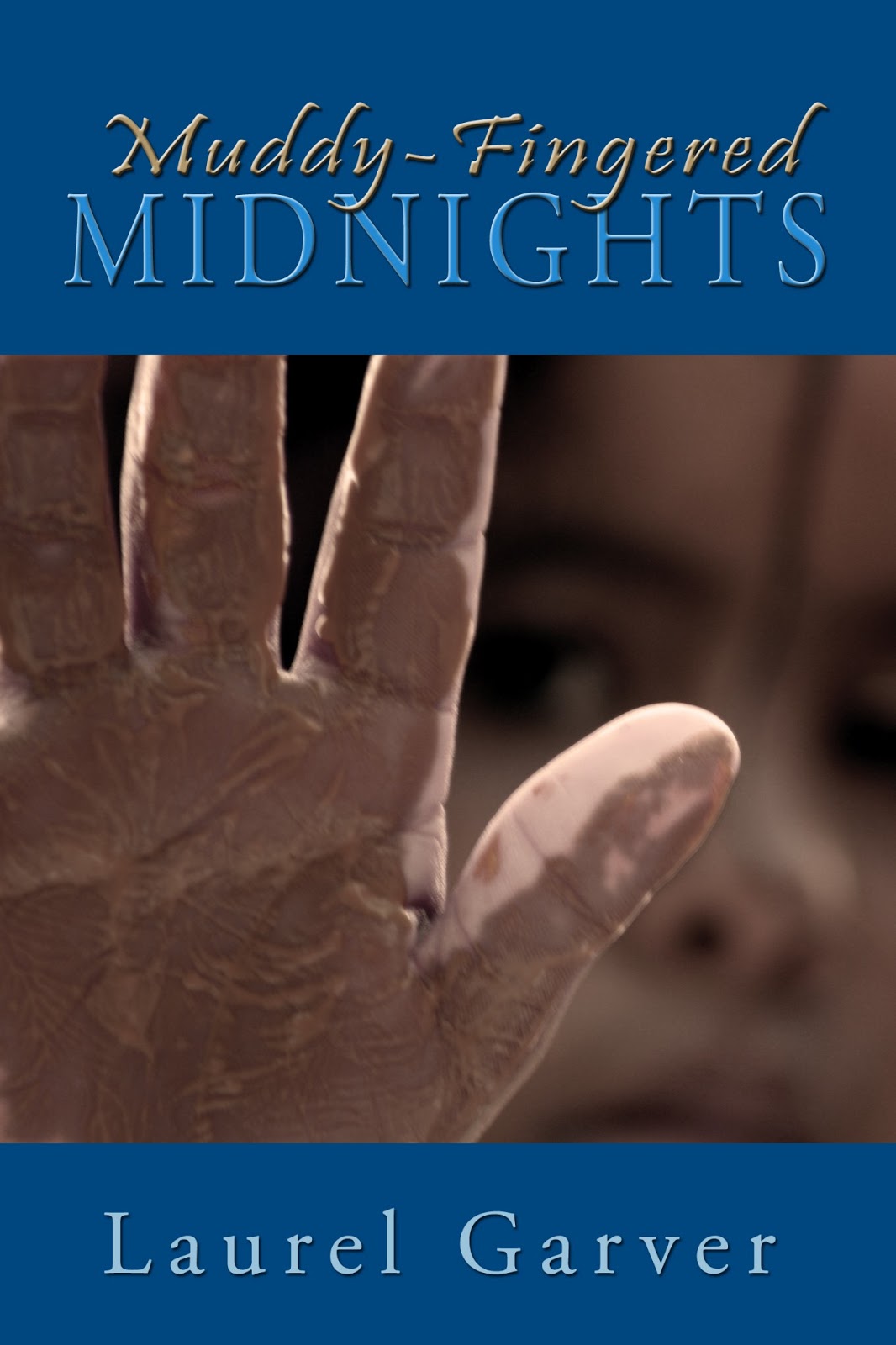In writing early drafts, even plodders tend to skim the emotional surface of their scenes. One's initial focus is on pushing the plot forward and grasping the first burst of emotional play in character interactions. Usually one can retain the protagonist's core motivation (what Sandra Scofield calls the "pulse") as other characters interact with her. That's fine as far as it goes. But when you start passing your draft around for critique, expect your readers to find your protagonist flat and unrealistically single-minded. Because when are any of us of one mind about anything? Emotion is always a mixed bag. Always.
This is where revision comes to the rescue. On second draft, it's essential to go deeper in every scene. Look especially for places where you or your critique partners feel the emotion isn't quite what it could or should be. The reactions are flat, melodramatic or don't ring true in some way. Mark and label them, then set the manuscript aside.
Now pull out those character profiles you made while laying the groundwork of your first draft. Look at you character's back story, and identify her core values--things she stands for--and her deepest fears. Usually these things are connected. Always-poised characters, for example, often have some point of shame in their background. They value reputation and fear exposure. These drives will color every interaction in a story, even if only tangentially.
From these character sheets, brainstorm past the surface desire/motivation in the scene you need to revise. In a scene I'm currently revising, my character wants to keep a secret from a friend. But what else does she want? Well, she wants to maintain the friendship, to reassure her friend, to have her friend's support and love and acceptance. Immediately, I see inner turmoil for my protagonist--conflicting desires to conceal and reveal. Her back story will determine which desire takes precedence. In my protagonist's case, concealment is all that's ever been modeled in her family.
What about the friend? She wants information, wants the protagonist to open up, wants to be trusted, wants the protagonist to be free of hang-ups, wants the protagonist to stop game playing. Her back story as an extrovert ringleader in a boisterous family of six kids will make her more likely to push hard against the protagonist's reticence. She'll thus struggle with conflicting desires to know NOW and to reassure/support with gentleness.
Back to the manuscript. Look at those weak spots again. Where could the characters' mixed motives and mixed emotions express themselves? And how would they express themselves?
Nancy Kress's book Character, Emotion and Viewpoint notes some helpful techniques.
Show
-bodily reactions (muscles tightening, tears welling, etc.)
-actions (punching the wall, tidying a mess, high-fiving, etc.)
-dialogue that expresses the emotion without labeling it ("Hotdiggity! That's awesome!" rather than "I feel so excited for you, Jim.")
-character thoughts rendered like internal dialogue (expressing emotion rather than labeling it, but without the quotes)
-snippets of back story that shed light on the character's emotion or motivation
In the case of mixed emotion and conflicting motives, it's a matter of layering techniques. A character might inwardly cringe while outwardly acting nonchalant. He might say something supportive while his body reacts with anger, like clenched fists or a surge of heat.
Tuesday, November 10
Subscribe to:
Post Comments (Atom)








Hmm... I think some of this sounds familiar. You may (and this could just be my faulty memory here) have recommended I revise some of my work for emotion in the past... :)
ReplyDeleteGreat post, Laurel. Once I finish the first draft of my roommates story (hopefully this week), I'll be doing just that. I've got all kinds of typed notes to myself, saying things like ((TOO MUCH HERE--SCALE BACK)), ((WHAT KIND OF DRESS?)). Emotion is definitely one of the things I'll be going through and tweaking. I might just refer back to this post while I do it.
Thanks!
Glad it's helpful. I thought I'd do a little commentary on how I went about revising a scene, especially bringing in a good resource I picked up at Borders over the weekend. Nancy Kress's books are AWESOME.
ReplyDeleteThe critique I had in mind was Kory's criticism of a scene in my fourth chapter where Heather is weirdly pushy with grieving Dani. The emotions and motivations in the interaction needed to be more mixed and explained (yay backstory) to make the scene work.